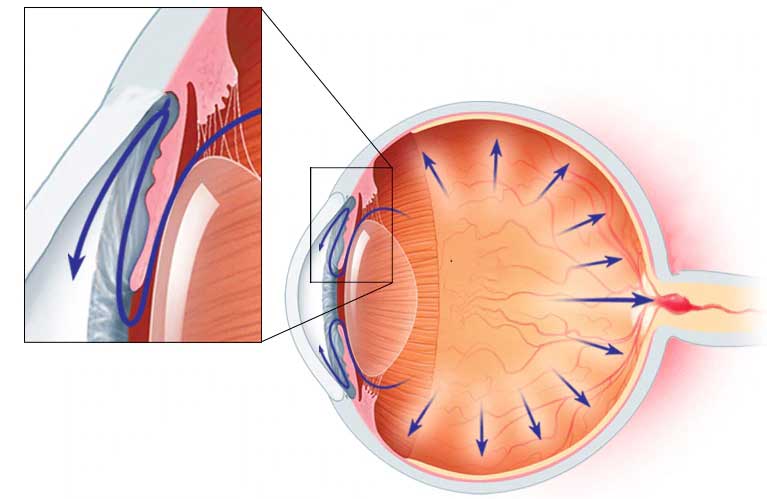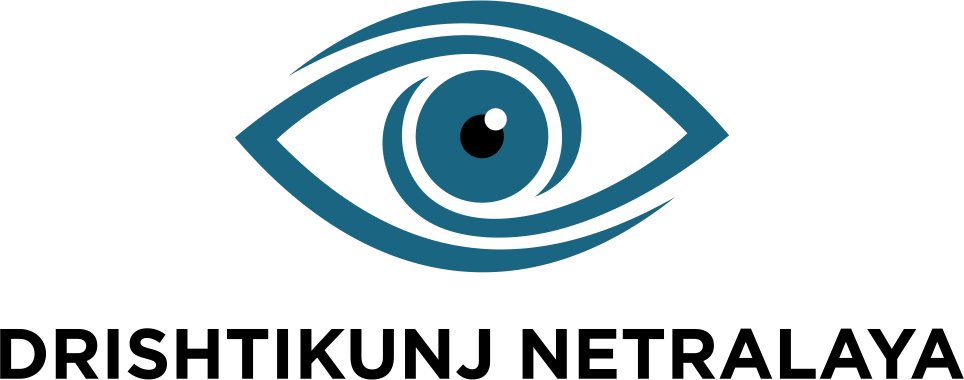Squint
>
Squint is a condition in which the eyes point in different directions. One eye may turn outwards, inwards, upwards or downwards while the other eye may look differently.
It is generally known as ‘turned,’ ‘lazy’ or ‘crossed’ eyes. Squint (Strabismus) occurs when the eyes are not aligned at the right position and they point in different directions while focussing on an object.
What Occurs In Squint (Strabismus)
In Squint, one eye or both eyes may turn either inward outward (exotropia), (esotropia), upward (hypertropia) or downward (hypotropia). While the causes of Squint are not fully understood, it is known that an abnormality in the muscles and/or underdeveloped vision in one or both eyes might be the contributing factors.

Symptoms of Squint
Squint patients may notice:

Loss of Depth Perception

Double Vision (Diplopia)

Double Vision

Crossed Eyes

Changing Prescription of Specs

Uncoordinated Eye Movements
Advanced Technology & Diagnostic Tools
- Synoptophore
Treatment Options
Our cutting-edge technology suite enables prompt diagnosis and improved outcomes for your visual well-being.
Strabismus Surgery
Surgery includes treating the eye muscles to fix the position of the eye(s). The treatment is performed under local/general anaesthesia in the operation theatre. Now squint is treated with the latest fornix method, leading no/ minimal scarring.


A Non-Surgical Approach Strabismus (Squint)
Early diagnosis of Squint (Strabismus) is necessary in preventing irreversible vision loss later in life. Squint treatment intends to improvise the alignment of the eyes and to correct the resulting vision loss (amblyopia). Squint and amblyopia can be treated with a combination of glasses, eye patching and/or surgery.
Frequently Asked Question:
Below are a few frequently asked questions regarding strabismus.
Is surgery the only possible treatment for strabismus?
The management of squint is planned into two stages depending upon the presence of refractive error and/or muscle weakness. It might be seen improvement in squint after proper use of prescription glasses. In the second stage if the squint is not fully corrected even after using prescription glasses strabismus surgery for balancing of muscles is planned.
If squint develops again, can it be re-operated?
Squint may re-appear sometimes in later ages, which had been operated earlier. It needs to be thoroughly checked up and accordingly, when may a re-surgery may be needed.
Does squint surgery improve the vision?
Squint surgery does not enhance the vision and instead aligns the eye. Aligning the retina is critical for treating amblyopia (lazy eyes) in children that actually in a way helps in improving the vision of kids.
